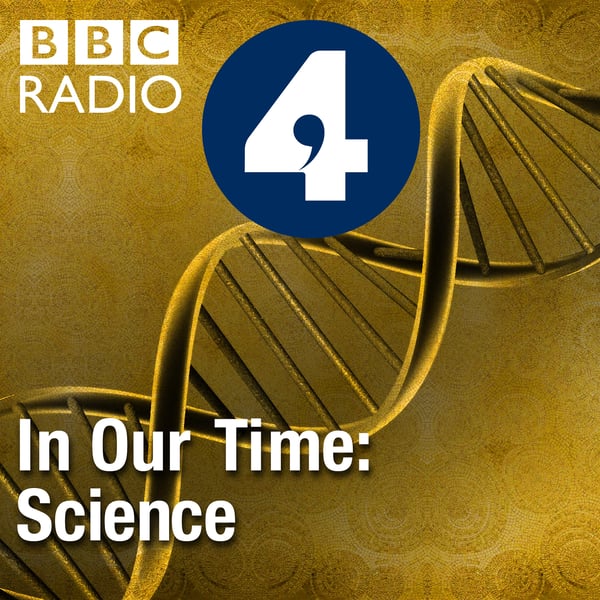Fermat's Last Theorem
In Our Time: Science
BBC
4.5 • 1.4K Ratings
🗓️ 25 October 2012
⏱️ 42 minutes
🧾️ Download transcript
Summary
Transcript
Click on a timestamp to play from that location
| 0:00.0 | Thank you for downloading this episode of In Our Time, for more details about in our time and for our terms of use please go to BBC.co.uk. |
| 0:09.0 | I hope you enjoy the program. |
| 0:11.0 | Hello on the 23rd of June 1993 at the Isaac Newton Institute in Cambridge |
| 0:16.2 | Andrew Wiles announced that after seven years of work it solved the most |
| 0:20.3 | celebrated problem in mathematics Ferma's last theorem. |
| 0:24.2 | It turned out that Wiles had been slightly premature in making his announcement, but within a year |
| 0:28.3 | he was able to plug the hold in his proof and finally crack the puzzle that had |
| 0:32.0 | focked the most brilliant mathematicians for over 350 years. |
| 0:36.0 | Pierre de Fermatte was a 17th century French lawyer, an amateur mathematician whose all-consuming passion was numbers. In 1637 he realized he'd made a profound discovery |
| 0:47.0 | and scribbled in the margin of his book he was reading, I have found a truly remarkable proof |
| 0:51.6 | which this margin is too small to contain. It's a tantalizing footnote that began one of the most famous detective stories in the history of mathematics. |
| 0:59.0 | But what was Ferma's theorem and why did it take the world's most accomplished |
| 1:03.4 | mathematicians so many years to prove it. With me to discuss Fermat's |
| 1:07.4 | last theorem are Marcus Gisotoy, professor of mathematics and simione professor |
| 1:12.3 | for the public understanding of science at the University of Oxford. |
| 1:15.0 | Samia Sixek, Professor at the Mathematics Institute at the University of Warwick, |
| 1:19.0 | and Vicky Neal, fellow and director of studies in Mathematics at Murray Edwards College at the University of Cambridge. |
| 1:25.2 | Marcus Sotoy, the roots of Ferma's last theorem go back to Pythagoras. |
| 1:30.5 | Can you tell us how he was obliged to those roots? |
| 1:35.0 | Well, Pythagoras' theorem, as people will probably remember from school, is about this equation, |
| 1:41.0 | A squared plus B squared equals C squared. It's to do with right-angled |
| 1:45.6 | triangles. So if you take a right-angled triangle whose two smaller sides have |
... |
Please login to see the full transcript.
Disclaimer: The podcast and artwork embedded on this page are from BBC, and are the property of its owner and not affiliated with or endorsed by Tapesearch.
Generated transcripts are the property of BBC and are distributed freely under the Fair Use doctrine. Transcripts generated by Tapesearch are not guaranteed to be accurate.
Copyright © Tapesearch 2025.

